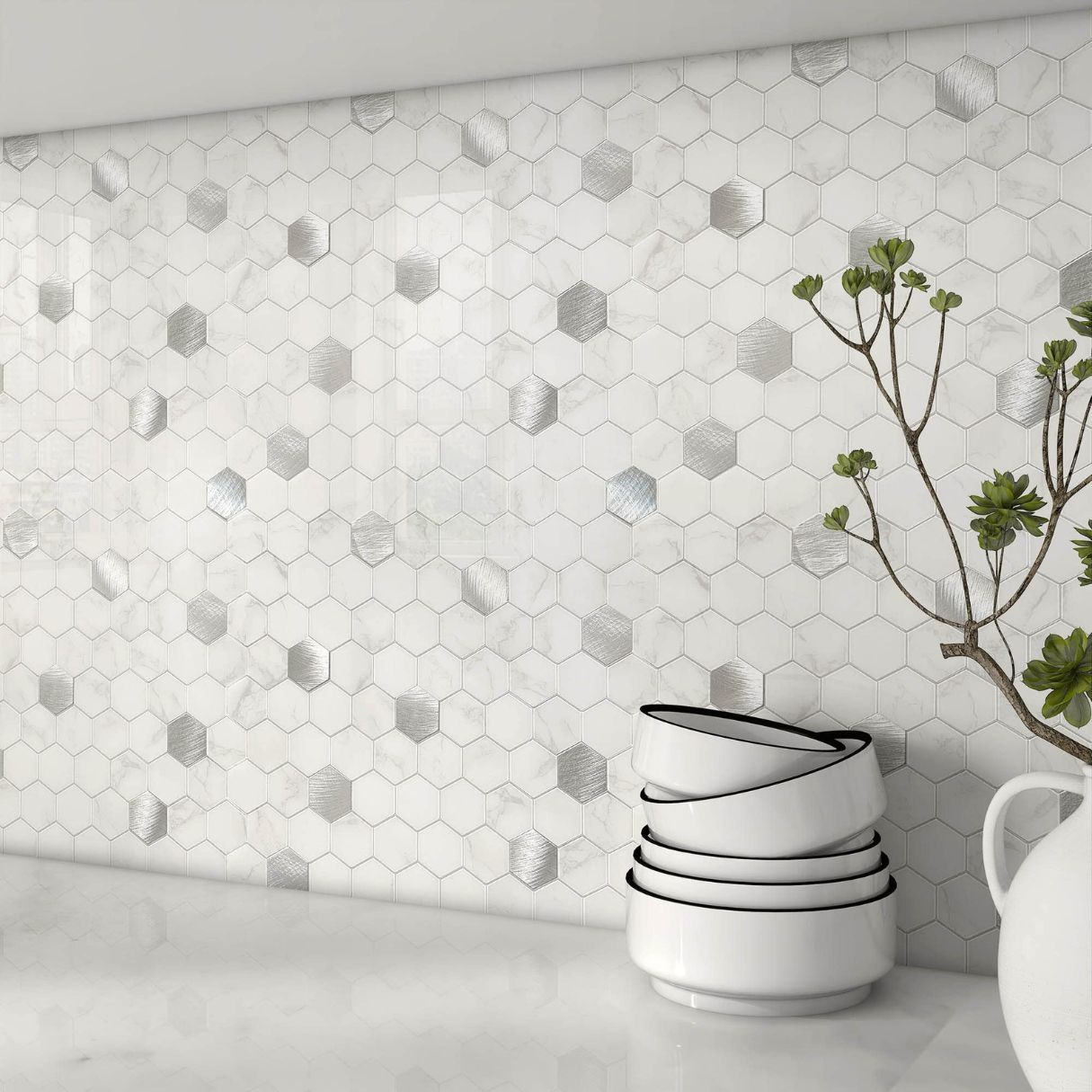

Articles
What Is Peel And Stick Tile
Modified: January 9, 2024
Discover the convenience of peel and stick tile with our informative articles. Find out everything you need to know about this easy DIY flooring option.
(Many of the links in this article redirect to a specific reviewed product. Your purchase of these products through affiliate links helps to generate commission for Storables.com, at no extra cost. Learn more)
Introduction
Peel and stick tiles have become a popular choice for homeowners and decorators looking for a quick and convenient way to update their floors and walls. These self-adhesive tiles offer a hassle-free alternative to traditional tile installation, eliminating the need for messy adhesives or professional installers. Whether you’re a DIY enthusiast or simply seeking a cost-effective way to enhance the aesthetic appeal of your space, peel and stick tiles can be a game-changer.
In this article, we will delve into the world of peel and stick tiles, exploring their advantages, disadvantages, application and installation methods, cleaning and maintenance requirements, popular brands and styles, as well as their cost comparison with traditional tiles.
So, let’s embark on this journey to discover the wonders of peel and stick tiles and how they can transform your home or workspace.
Key Takeaways:
- Peel and stick tiles offer a hassle-free, cost-effective, and versatile solution for updating floors and walls. With easy installation, durability, and a wide range of design options, they provide a practical DIY-friendly alternative to traditional tiles.
- While peel and stick tiles have advantages such as easy maintenance and removal, it’s important to consider potential drawbacks like substrate requirements and limited design choices. Careful consideration and proper installation are crucial for a successful project.
Read more: How To Get Peel And Stick Tile To Stick
What are Peel and Stick Tiles?
Peel and stick tiles, also known as self-adhesive tiles or stick-on tiles, are a type of flooring or wall covering that come with a pre-applied adhesive backing. These tiles are designed to easily adhere to surfaces, allowing for a quick and simple installation process. They are made from a variety of materials such as vinyl, glass, metal, or even natural stone, and come in a wide range of colors, patterns, and sizes.
One of the key advantages of peel and stick tiles is their versatility. They can be used in various areas of the home, including kitchens, bathrooms, laundry rooms, or any other space that requires a durable and attractive surface. These tiles are particularly popular for their ability to mimic the look of more expensive materials, such as ceramic tiles or hardwood, at a fraction of the cost.
Peel and stick tiles are also favored for their ease of use. Unlike traditional tiles, which require careful application of adhesive and specialized tools for installation, peel and stick tiles can be applied by simply removing the protective backing and pressing the tile onto the desired surface. This makes them an ideal option for those who want to tackle a DIY project without the need for professional assistance.
Moreover, peel and stick tiles are relatively easy to remove, making them a great choice for renters or those who frequently change their interior décor. The adhesive backing allows for easy removal without causing damage to the underlying surface, which is a significant advantage over permanent flooring options.
Overall, peel and stick tiles offer a convenient, cost-effective, and flexible solution for revamping your floors or walls. They provide endless possibilities for creativity and customization, allowing you to transform your space with minimal effort and investment.
Advantages of Peel and Stick Tiles
Peel and stick tiles offer numerous advantages that make them a popular choice for homeowners and decorators. Here are some key benefits of using peel and stick tiles:
- Easy Installation: One of the biggest advantages of peel and stick tiles is their ease of installation. Unlike traditional tiles that require professional expertise and specialized tools, peel and stick tiles can be easily applied by anyone. Simply remove the backing and press the tile onto the desired surface. This makes them perfect for DIY enthusiasts or those who want a quick and hassle-free installation process.
- Cost-Effective: Peel and stick tiles are an affordable alternative to traditional tiles. They are available at a fraction of the cost of more expensive materials like ceramic or hardwood. This makes them a great option for those on a budget, as they can achieve the look of high-end materials without breaking the bank.
- Versatility: Peel and stick tiles come in a wide range of colors, patterns, and styles, allowing for endless design possibilities. Whether you’re looking for a classic, modern, or rustic look, there’s a peel and stick tile that will suit your style. They can be used in various areas of the home, including kitchens, bathrooms, or even as a backsplash in your living room.
- Durability: Despite their easy installation process, peel and stick tiles are incredibly durable. They are designed to withstand high foot traffic, moisture, and daily wear and tear. This makes them a practical choice for areas prone to spills or moisture, such as kitchens and bathrooms.
- Easy Maintenance: Peel and stick tiles are a breeze to clean and maintain. They are resistant to stains, and most spills can be easily wiped away with a damp cloth or mop. Unlike traditional grout lines that require regular scrubbing, peel and stick tiles have a smooth surface that doesn’t accumulate dirt or grime.
- Removable and Reusable: Peel and stick tiles are designed to be easily removed without causing damage to the underlying surface. This makes them a great option for renters or those who like to frequently change their interior décor. You can simply peel off the tiles and reposition them in another space, allowing for ultimate flexibility and creativity.
With these advantages, it’s no wonder that peel and stick tiles have gained popularity as a convenient and affordable flooring and wall covering option. They offer the perfect balance of functionality, aesthetics, and ease of use, making them a top choice for homeowners and decorators alike.
Disadvantages of Peel and Stick Tiles
While peel and stick tiles offer many advantages, it’s important to consider their potential drawbacks before making a decision. Here are a few disadvantages to be aware of when considering peel and stick tiles:
- Substrate Requirements: Peel and stick tiles are best suited for smooth and clean surfaces. They may not adhere properly or may show imperfections if applied to uneven or damaged surfaces. It’s essential to thoroughly clean and prepare the surface before installing the tiles to ensure proper adhesion and longevity.
- Temperature Sensitivity: Extreme temperatures can affect the adhesive of peel and stick tiles. In areas with high heat or cold, the adhesive may become less effective, causing the tiles to lift or loosen. It’s important to consider the climate and temperature conditions of the space where the tiles will be installed.
- Limited Lifespan: While peel and stick tiles are durable, they may not have the same lifespan as traditional tiles. Over time, the adhesion may weaken or the top layer of the tiles may degrade, especially in high-traffic or moisture-prone areas. It’s important to choose high-quality peel and stick tiles and properly maintain them to ensure their longevity.
- Residue and Damage: Although peel and stick tiles are designed to be removable, there is a possibility of leaving residue or causing damage to the underlying surface. Improper removal technique or pulling up the tiles forcefully can result in adhesive residue or paint peeling off. It’s crucial to follow the manufacturer’s guidelines for proper removal and use caution to avoid any damage.
- Limited Design Choices: While peel and stick tiles offer a wide range of design options, the selection may be more limited compared to traditional tiles. Certain specialized patterns, sizes, or materials may not be available as peel and stick tiles. If you have specific design requirements, it’s essential to check the availability before opting for peel and stick tiles.
- Less Authentic Look and Feel: Despite their ability to mimic the appearance of high-end materials, peel and stick tiles may not provide the same level of authenticity as the real thing. While they can offer a cost-effective alternative, some people may prefer the genuine texture and appearance of traditional tiles.
Considering these disadvantages will help you make an informed decision about whether peel and stick tiles are the right choice for your project. It’s important to weigh the pros and cons based on your specific needs, budget, and preferences before moving forward with their installation.
Application and Installation
Application and installation of peel and stick tiles are relatively straightforward, making them a popular choice for DIY enthusiasts. Here is a step-by-step guide to help you with the process:
- Surface Preparation: Start by ensuring that the surface is clean, smooth, and free of any debris. Remove any existing flooring or wall coverings, and thoroughly clean the area. It’s essential to have a properly prepared surface to ensure optimal adhesion.
- Measure and Plan: Measure the area where you intend to install the peel and stick tiles. Use these measurements to determine the quantity of tiles you will need. It’s advisable to purchase extra tiles to account for any cutting or mistakes during installation.
- Layout: Before applying the adhesive backing, lay out the tiles on the floor or wall to plan the arrangement. This step helps ensure a uniform and aesthetically pleasing layout. It’s advisable to start from the center and work your way towards the edges for a balanced look.
- Peel and Stick: Starting from one corner of the room or wall, peel off the backing from the first tile and carefully press it onto the surface, aligning it with the layout plan. Apply firm, even pressure to ensure proper adhesion. Continue this process until all the tiles are in place.
- Trimming and Cutting: If required, use a utility knife or tile cutter to trim the tiles to fit around edges, corners, or obstacles. Take accurate measurements and make precise cuts to ensure a precise fit. Be mindful of safety precautions when using cutting tools.
- Sealing (optional): Depending on the type of peel and stick tiles you choose, you may have the option to seal them after installation. Sealing the tiles can provide an extra layer of protection and enhance their durability. Follow the manufacturer’s instructions for the specific sealing product and process.
- Allow for Settling: It’s important to allow the peel and stick tiles to settle after installation. Avoid placing heavy furniture or subjecting the area to excessive foot traffic for at least 24 to 48 hours to ensure the adhesive has a chance to bond securely.
Remember to consult the manufacturer’s installation instructions that come with your specific peel and stick tiles, as there may be slight variations in the process depending on the product.
If you’re unsure about the installation process or have a complex project, it’s always a good idea to consult a professional installer who has experience with peel and stick tiles. They can provide guidance and ensure a smooth and professional installation.
When installing peel and stick tile, make sure to thoroughly clean and dry the surface before applying the tiles. This will ensure a strong and long-lasting bond.
Read more: What Goes Under Peel And Stick Tile
Cleaning and Maintenance
Peel and stick tiles are known for their easy maintenance and cleaning requirements. Following a few simple steps will help keep your tiles looking their best for years to come:
- Regular Sweeping or Vacuuming: To prevent dirt and debris from scratching the surface of the tiles, it’s important to regularly sweep or vacuum the floor. Use a soft-bristle broom or a vacuum cleaner with a flooring attachment to remove loose dirt and dust.
- Mopping: For deeper cleaning, damp mop the surface using a mild cleaner specifically formulated for the type of peel and stick tiles you have. Avoid using excessive water, as it can seep between the tiles and loosen the adhesive. Be sure to wring out the mop or use a slightly damp mop, and dry the floor thoroughly after mopping.
- Avoid Harsh Chemicals: When cleaning peel and stick tiles, avoid using harsh chemicals or abrasive cleaners that can damage the surface. Stick to mild cleaners recommended by the manufacturer to ensure the longevity and appearance of the tiles.
- Stain Removal: If you encounter stubborn stains or spills on the tiles, address them promptly to prevent staining. Use a non-abrasive cleaner or a gentle stain remover and follow the instructions provided. Avoid scrubbing with abrasive materials or harsh brushes that can scratch the tiles.
- Protective Measures: To prevent scratches or damage to the tiles, place protective pads or furniture coasters under heavy furniture. Avoid dragging or sliding heavy objects across the floor, as it can cause scratches or indentations.
- Avoid Excessive Moisture: While peel and stick tiles are water-resistant, it’s important to minimize exposure to excessive moisture. Wipe up spills immediately and avoid using excessive amounts of water when mopping. Also, be cautious when installing peel and stick tiles in areas prone to high humidity, such as bathrooms, where additional measures like proper ventilation may be necessary.
- Regular Inspection: Periodically inspect the tiles for any signs of damage or lifting. If you notice any loose tiles, re-adhere them using a suitable adhesive recommended by the manufacturer.
- Preventive Measures: To maintain the appearance and durability of the tiles, consider using doormats at the entrances to collect dirt and grit that can be tracked onto the floor. Additionally, apply felt pads to the bottom of furniture legs to avoid scratching the tiles.
Following these cleaning and maintenance practices will help prolong the lifespan and appearance of your peel and stick tiles. Regular care and attention will ensure that they continue to look great and provide a beautiful flooring or wall covering in your space.
Popular Brands and Styles
Peel and stick tiles are offered by a variety of brands, each with their own unique styles and designs. Here are some popular brands known for their quality and wide range of options:
- Armstrong: Armstrong is a well-known brand that offers a diverse selection of peel and stick tiles. They offer a variety of styles, including stone, wood, and decorative patterns. Armstrong is known for their high-quality products that provide a realistic and durable look.
- Aspect: Aspect specializes in metal peel and stick tiles, perfect for adding a modern and sleek touch to any space. They offer various finishes like stainless steel, copper, and aluminum, providing a contemporary aesthetic in kitchens and bathrooms.
- Smart Tiles: Smart Tiles is a popular brand known for their innovative and easy-to-install peel and stick backsplash tiles. They offer a wide range of colors, patterns, and finishes, allowing you to create a personalized and stylish backsplash in your kitchen or bathroom.
- Armstrong: Armstrong is a well-known brand that offers a diverse selection of peel and stick tiles. They provide a variety of styles, including stone, wood, and decorative patterns. Armstrong is known for their high-quality products that provide a realistic and durable look.
- Mohawk: Mohawk offers peel and stick tiles in various styles, including natural stone and ceramic looks. They are known for their attention to detail and realistic designs, providing an authentic and visually appealing look to your floors or walls.
- TrafficMaster: TrafficMaster offers budget-friendly peel and stick tiles that are suitable for both residential and commercial use. They provide a wide range of options, from wood and stone to patterned designs, allowing you to find the perfect style for your space without breaking the bank.
When choosing a brand and style of peel and stick tiles, consider factors such as the desired aesthetic, durability, and the specific area where they will be installed. It’s always a good idea to research and read reviews to ensure you choose a reputable brand that offers high-quality products.
Whether you’re looking to create a rustic wood floor, a sleek metal backsplash, or a modern stone wall, there are numerous peel and stick tile options available to suit your taste and design vision.
Cost Comparison with Traditional Tiles
When considering a flooring or wall covering project, cost is an important factor to take into account. Peel and stick tiles offer a more affordable alternative to traditional tiles, making them an attractive option for budget-conscious homeowners. Let’s explore the cost comparison between peel and stick tiles and traditional tiles:
Peel and Stick Tiles:
Peel and stick tiles are available at a range of price points, depending on the brand, material, and design. On average, peel and stick tiles can cost anywhere from $1 to $10 per square foot. The cost variation is due to factors such as the quality of the materials, the complexity of the design, and additional features like water resistance or durability.
The affordability of peel and stick tiles extends beyond the initial purchase price. DIY installation can save significant costs compared to hiring professional installers. Additionally, the self-adhesive backing eliminates the need for additional supplies like adhesives or grout, which can also contribute to cost savings.
Traditional Tiles:
Traditional tiles, such as ceramic, porcelain, or natural stone tiles, tend to have a higher price range compared to peel and stick tiles. The cost of traditional tiles can range from $5 to $20 or more per square foot, depending on the material, size, and design complexity. Keep in mind that high-end or specialized tiles can be even more expensive.
In addition to the cost of the tiles themselves, traditional tiles often require professional installation. Hiring a contractor or tile installer can significantly increase the overall cost of the project. You also need to factor in expenses for adhesives, grout, and other installation materials, as well as the labor costs associated with the installation process.
Total Cost Comparison:
When comparing the total cost of a project using peel and stick tiles versus traditional tiles, it’s essential to consider a few factors. While peel and stick tiles may have a lower cost per square foot, they may not offer the same level of longevity as high-quality traditional tiles. Traditional tiles are known for their durability and can potentially last longer with proper maintenance.
Ultimately, the cost comparison between peel and stick tiles and traditional tiles depends on the specific project, the desired aesthetic, and your budget. If you’re looking for a more affordable and DIY-friendly option, peel and stick tiles offer a cost-effective solution. However, if you prioritize long-term durability and are willing to invest in professional installation, traditional tiles may be a better choice.
It’s recommended to carefully consider your needs and preferences, as well as consult with professionals or explore different brands and materials, to determine the best option for your specific project and budget.
Frequently Asked Questions
Here are some commonly asked questions about peel and stick tiles:
- Are peel and stick tiles easy to install?
- Can peel and stick tiles be used in bathrooms and kitchens?
- Can peel and stick tiles be removed without damaging the surface?
- Are peel and stick tiles suitable for uneven surfaces?
- Can peel and stick tiles be installed over existing tiles?
- Are there any limitations to the design options with peel and stick tiles?
- Do peel and stick tiles require any special maintenance?
- Are there specific brands known for their high-quality peel and stick tiles?
Yes, peel and stick tiles are designed for easy installation. Simply remove the backing and press the tile onto the desired surface. However, it’s important to properly prepare the surface and follow the manufacturer’s instructions for the best results.
Yes, peel and stick tiles are suitable for use in bathrooms and kitchens. Most peel and stick tiles are water-resistant and durable, making them a practical option for these areas. However, it’s important to choose tiles specifically designed for high-moisture environments to ensure optimal performance.
Peel and stick tiles are designed to be removable, and they can be taken off without causing significant damage to the surface. However, improper removal techniques or pulling them up forcefully can potentially result in residue or damage. It’s recommended to follow the manufacturer’s guidelines for proper removal.
Peel and stick tiles work best on smooth and clean surfaces. Uneven surfaces may affect the adhesion and appearance of the tiles. It’s advisable to ensure that the surface is properly prepared and level before installing the peel and stick tiles.
Yes, peel and stick tiles can often be installed over existing tiles. However, it’s important to ensure that the existing tiles are in good condition and securely adhered to the surface. Thoroughly clean and prepare the existing tiles before applying the peel and stick tiles.
While peel and stick tiles offer a wide range of design options, specialized patterns, sizes, or materials may not be available in this format. It’s important to check the available options before choosing peel and stick tiles for your project.
Peel and stick tiles are relatively low maintenance. Regular sweeping or vacuuming, along with occasional mopping using mild cleaners, is typically sufficient. It’s important to avoid using harsh chemicals or abrasive cleaners that can damage the tiles.
Yes, there are several reputable brands known for their high-quality peel and stick tiles. Some popular brands include Armstrong, Aspect, Smart Tiles, Mohawk, and TrafficMaster. It’s recommended to research and read reviews to find a brand that suits your needs and offers reliable and durable products.
If you have additional questions or concerns about peel and stick tiles, it’s always beneficial to consult with professionals or reach out to the manufacturer for more information specific to your project.
Read more: How To Remove A Peel And Stick Tile
Conclusion
Peel and stick tiles offer a convenient and cost-effective way to update the floors and walls of your home or workspace. With their easy installation process, affordability, and wide range of design options, peel and stick tiles have become a popular choice among homeowners and decorators.
These self-adhesive tiles provide numerous advantages, including easy installation for DIY enthusiasts, a wallet-friendly price tag, versatility in design choices, durability, easy maintenance, and the ability to remove and reuse them. They offer a practical solution for upgrading the aesthetic appeal of any space without the need for specialized tools or professional assistance.
While there are some drawbacks to consider, such as substrate requirements, temperature sensitivity, and the need for proper maintenance, the benefits of peel and stick tiles outweigh the disadvantages for many homeowners.
Whether you’re looking for a natural stone look in your kitchen, a rustic wood floor in your living room, or a modern metal backsplash in your bathroom, there are numerous brands and styles of peel and stick tiles to suit your aesthetic preferences and budget.
In conclusion, peel and stick tiles provide a hassle-free option for transforming your space with style and ease. With their affordability, versatility, and ease of installation, these self-adhesive tiles offer a practical solution for homeowners and decorators who want to achieve a fresh and updated look without the hassle and expense of traditional tile installation.
So, why not explore the world of peel and stick tiles and embark on your own DIY project to create a stunning and personalized space?
Frequently Asked Questions about What Is Peel And Stick Tile
Was this page helpful?
At Storables.com, we guarantee accurate and reliable information. Our content, validated by Expert Board Contributors, is crafted following stringent Editorial Policies. We're committed to providing you with well-researched, expert-backed insights for all your informational needs.
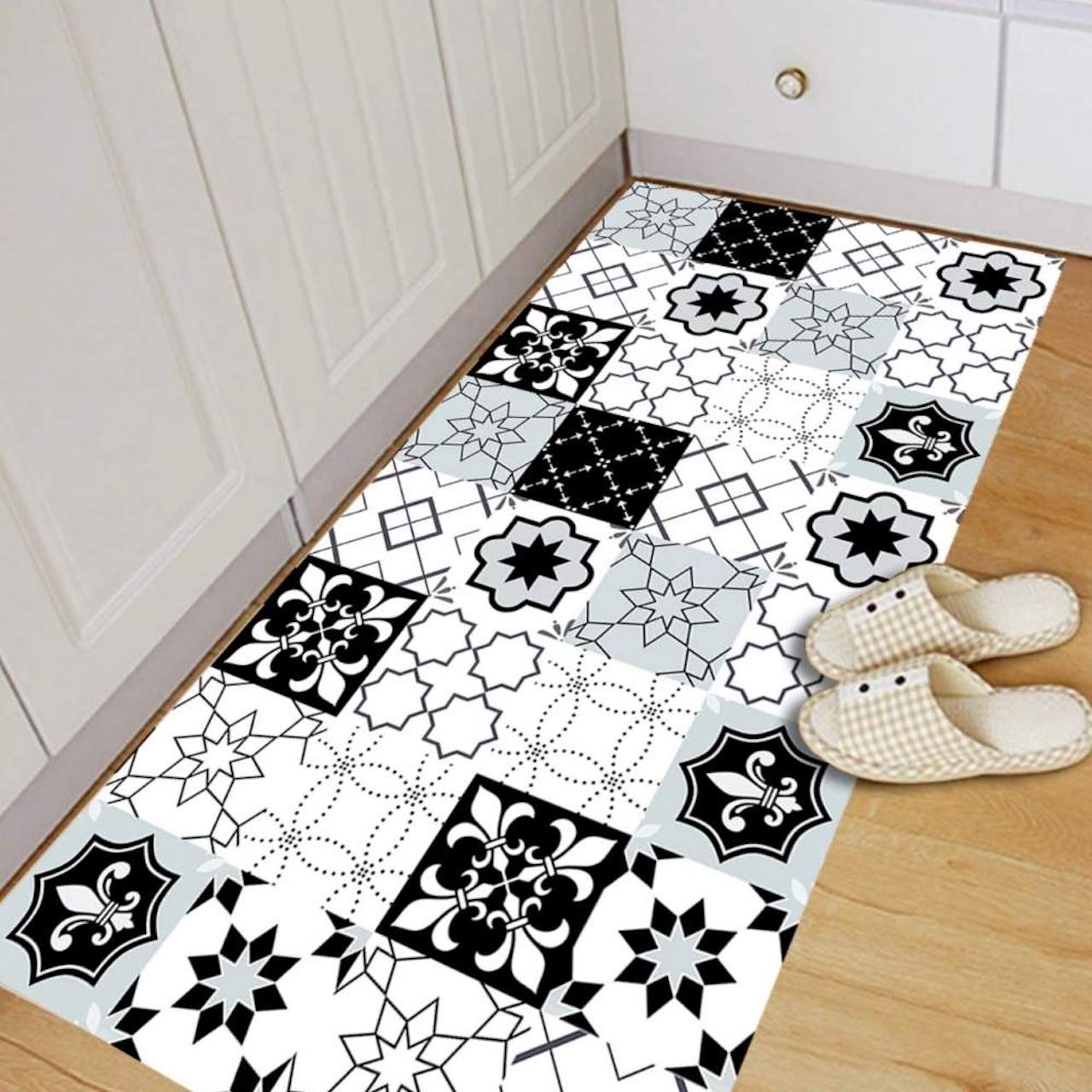
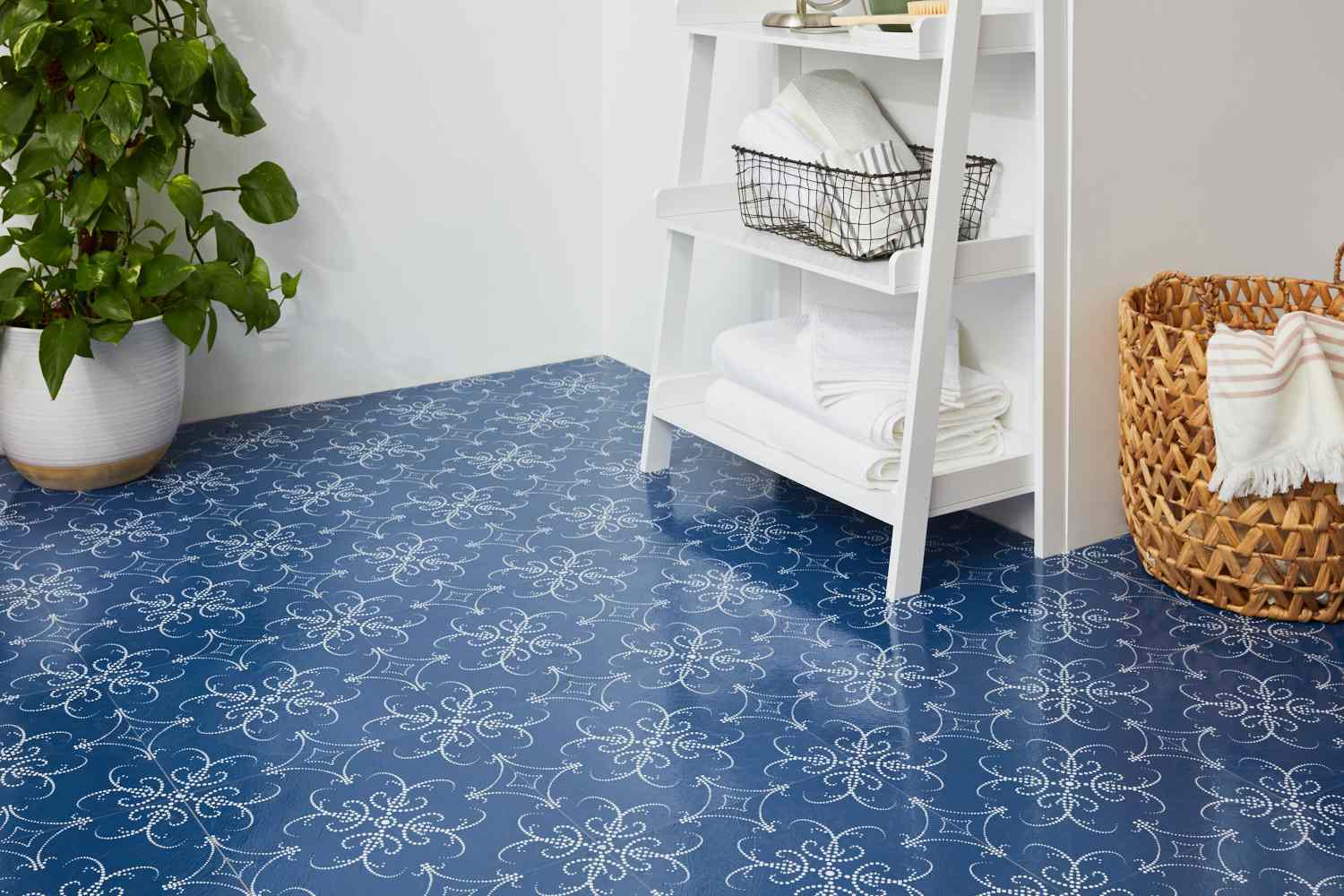
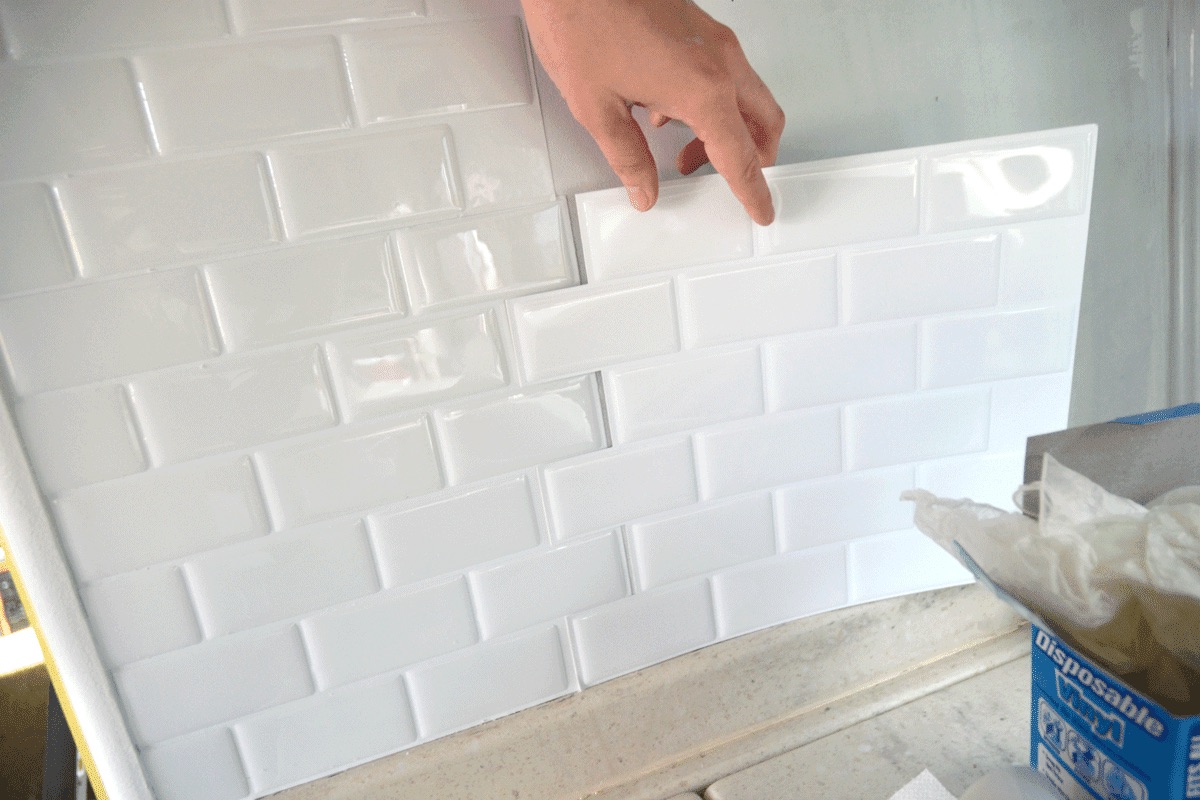
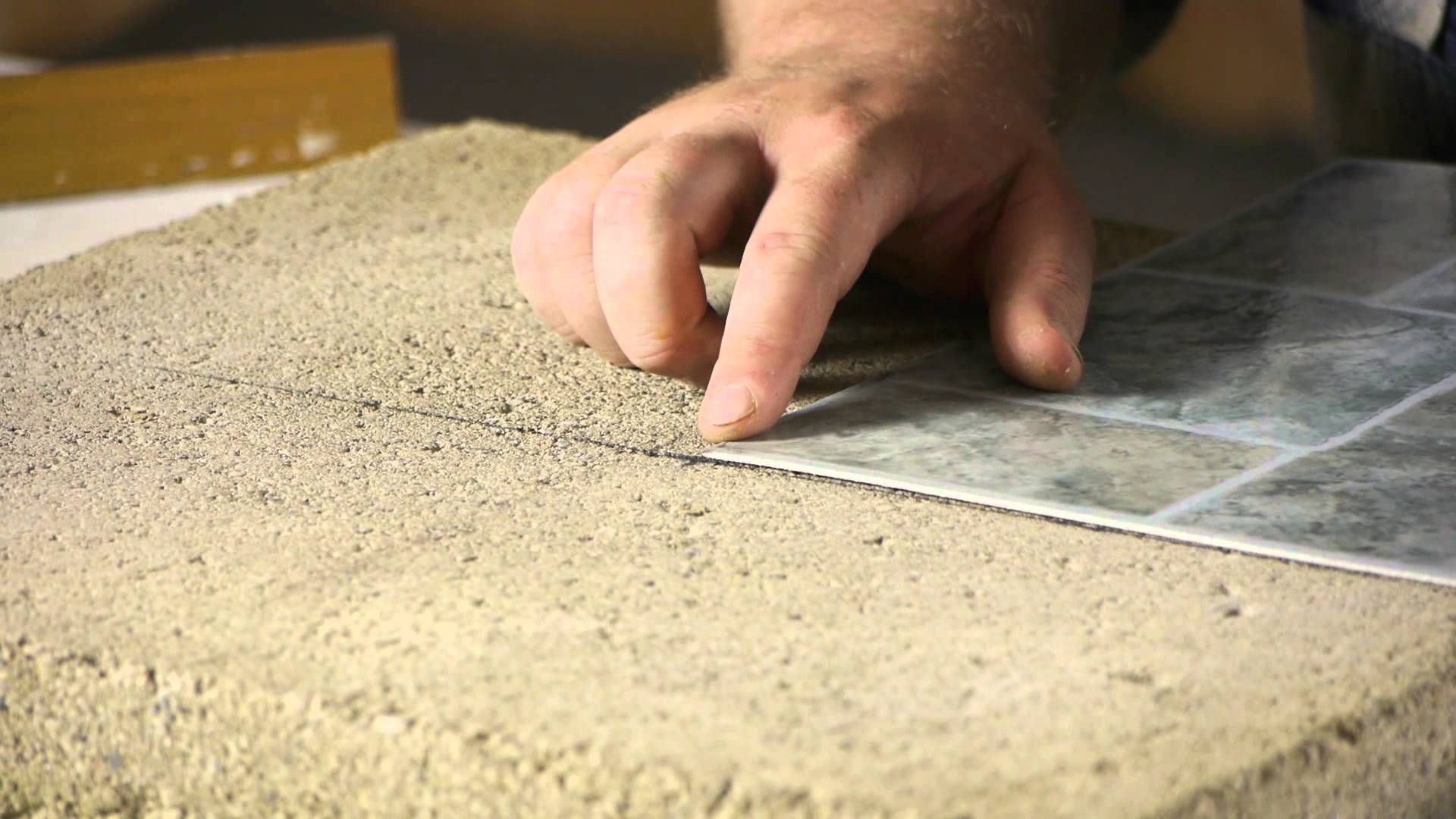
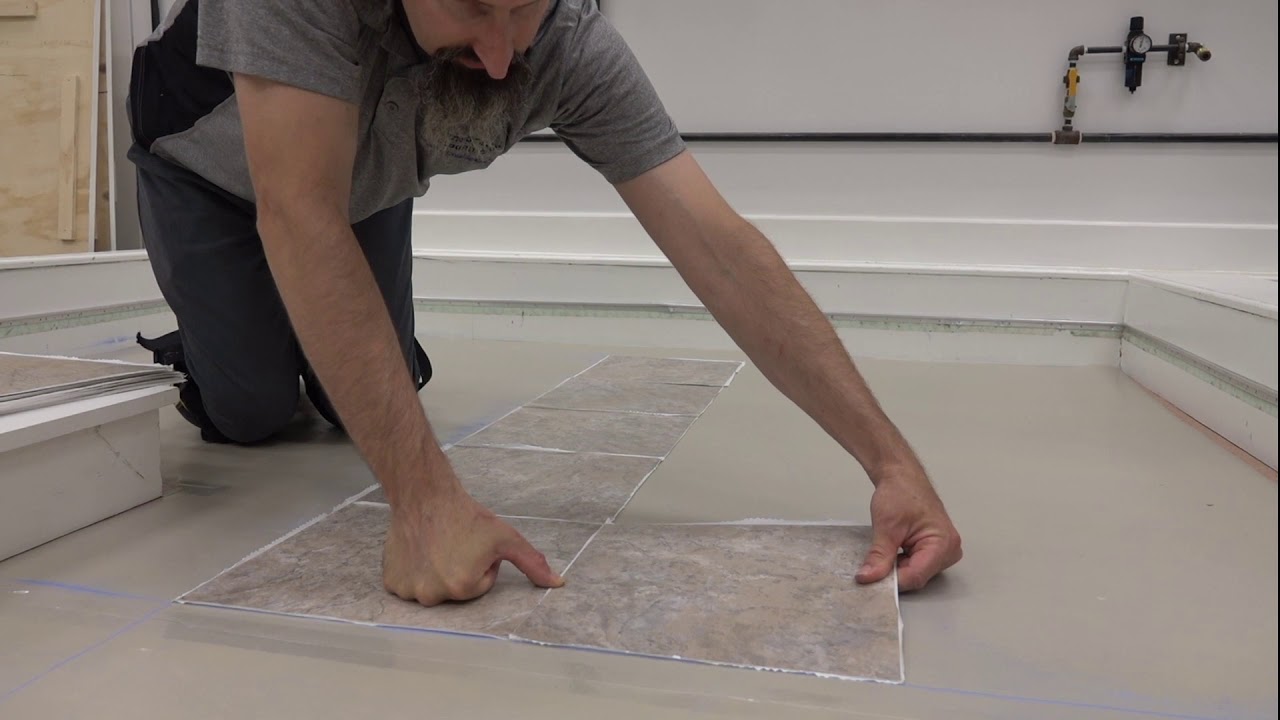
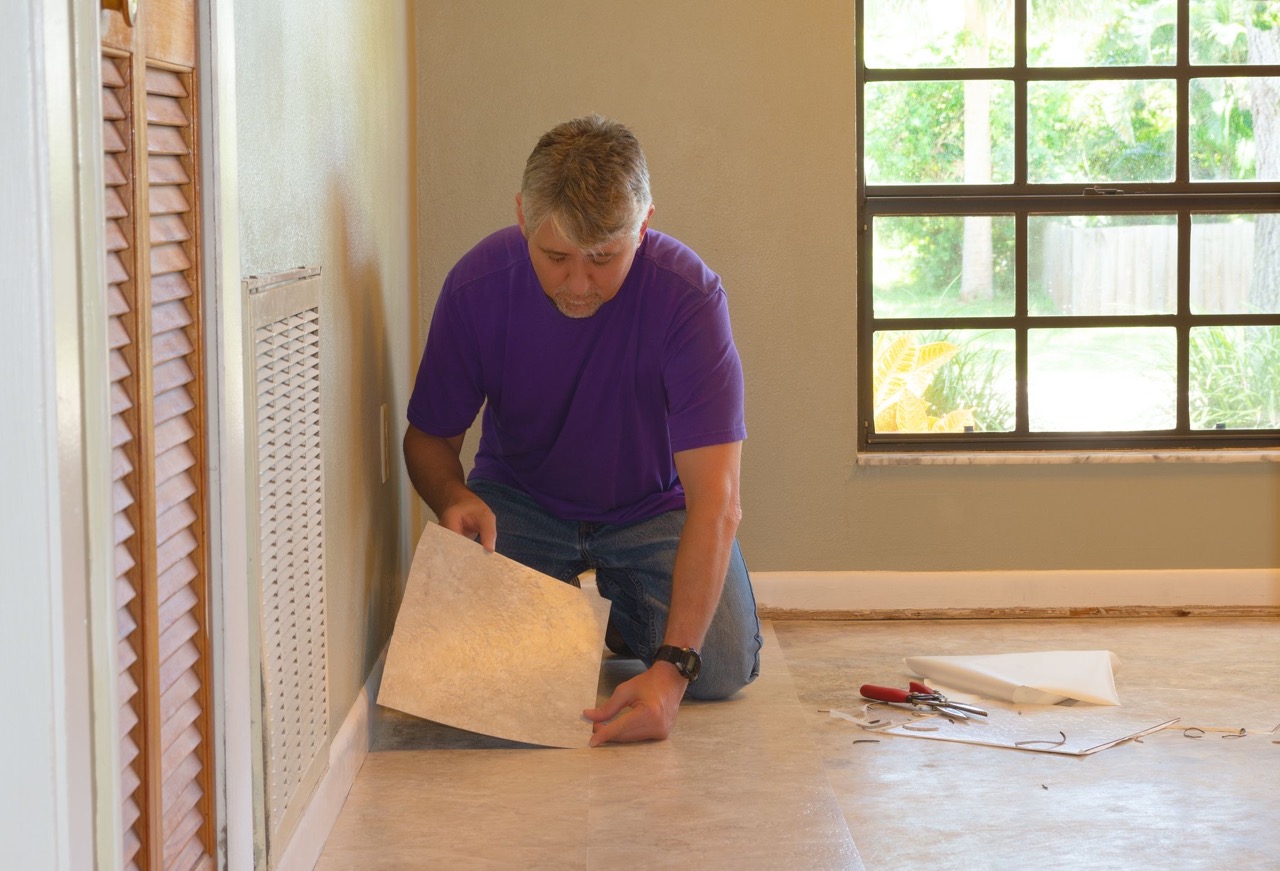
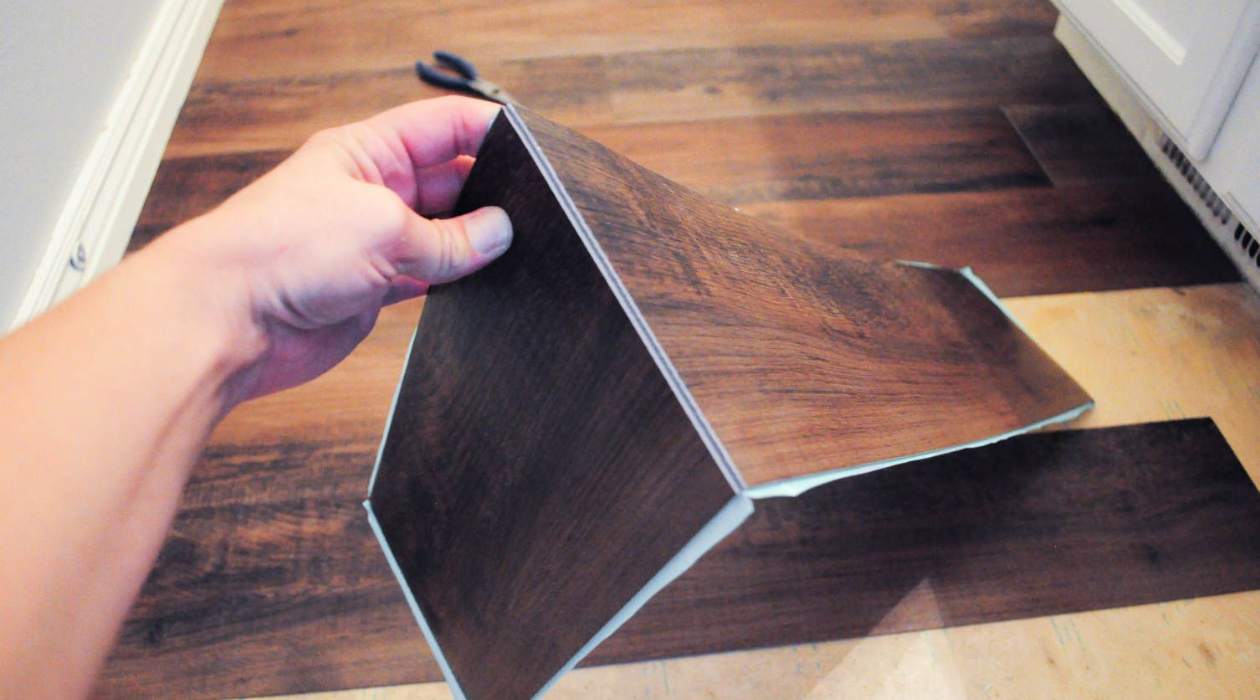
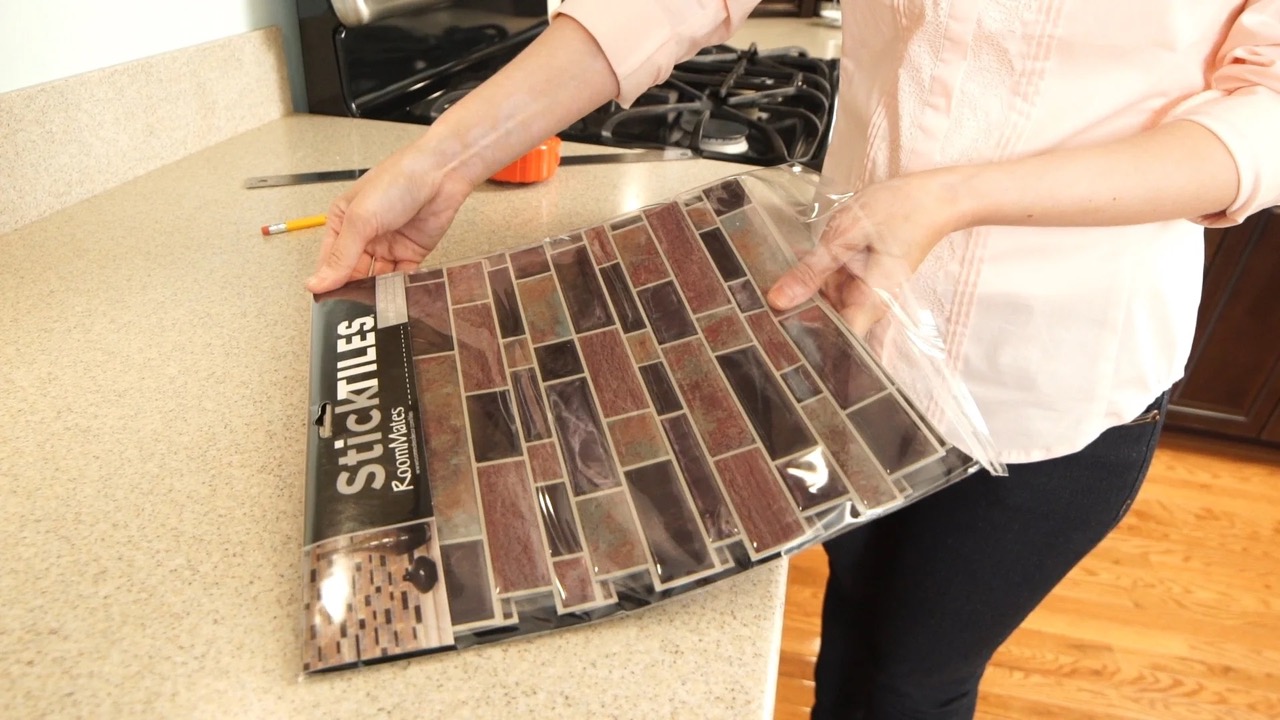
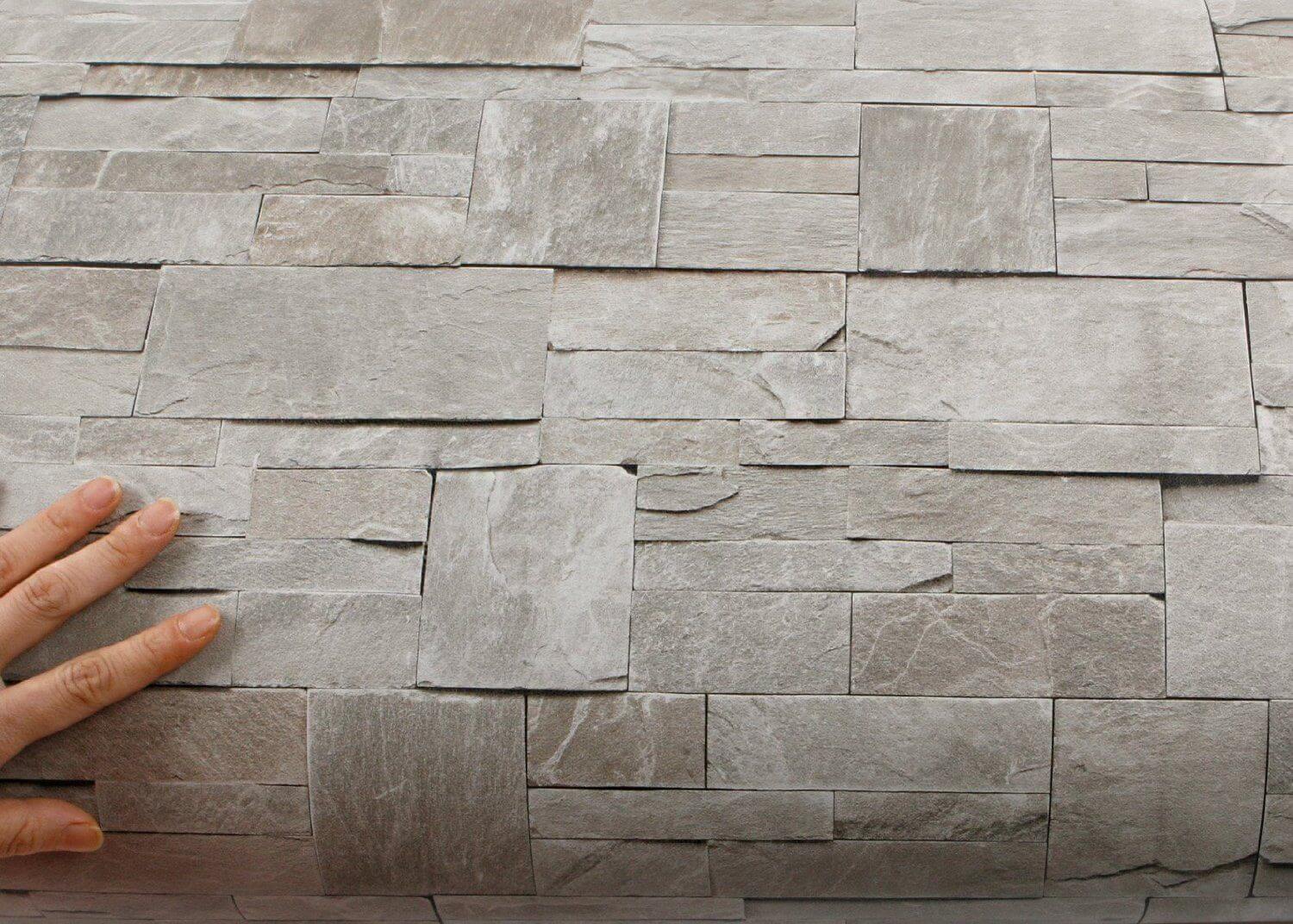
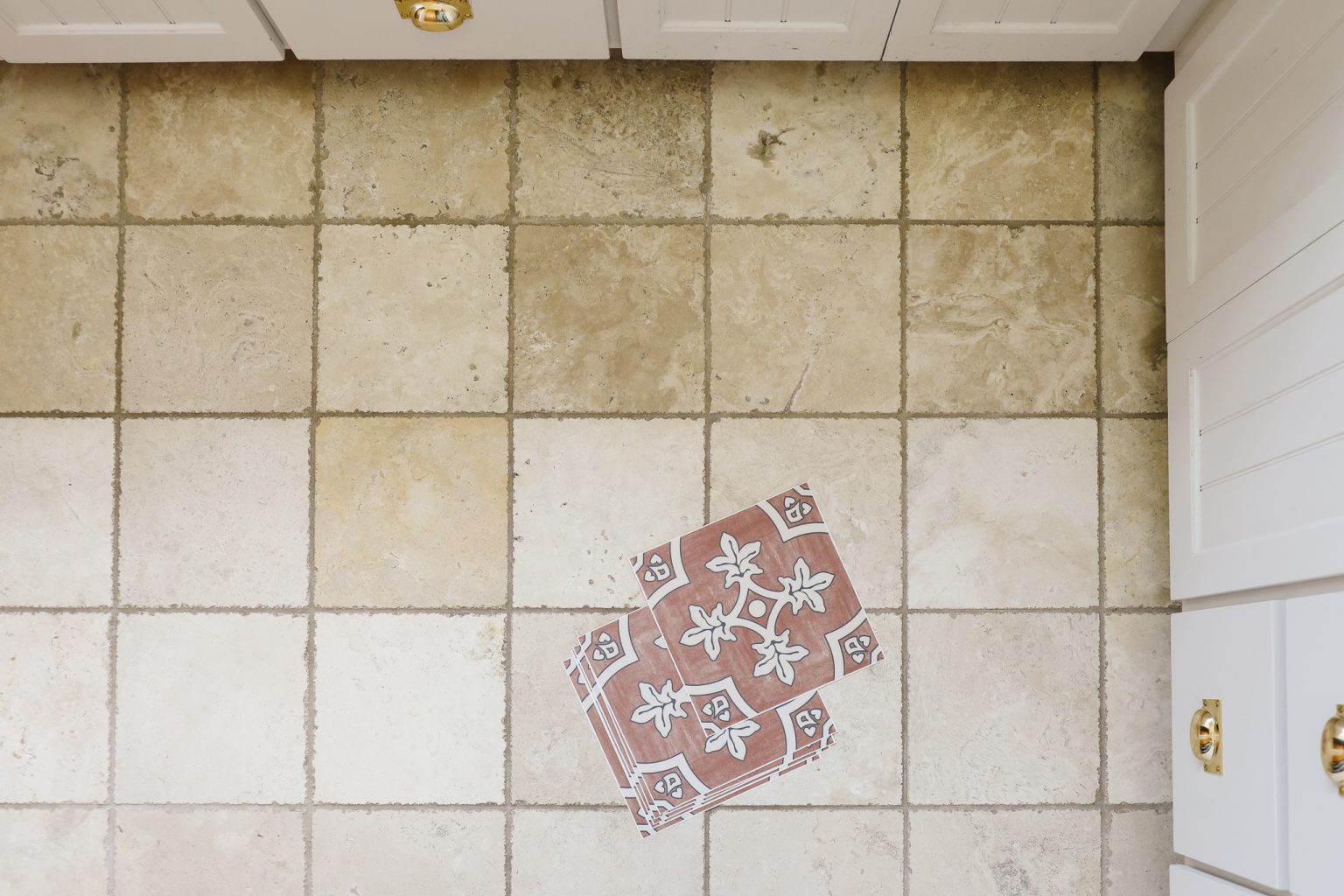
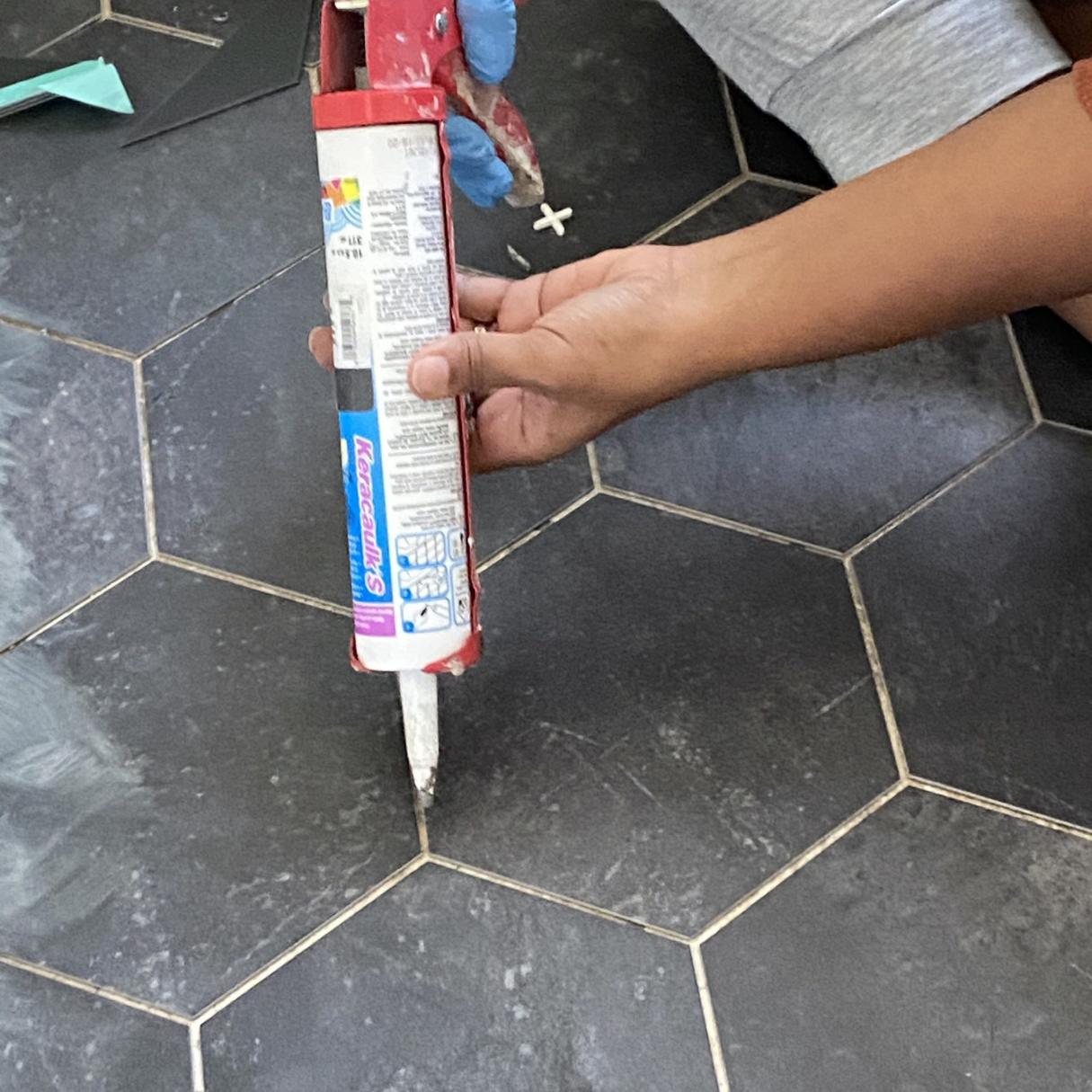
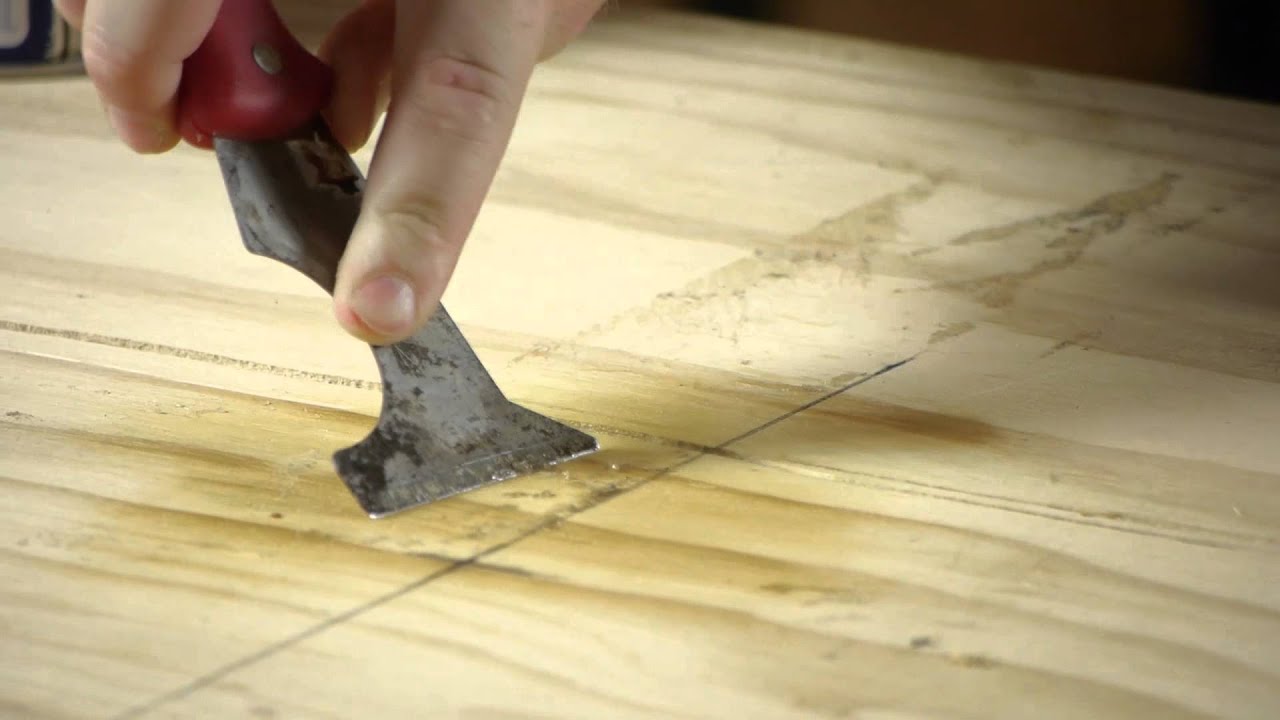
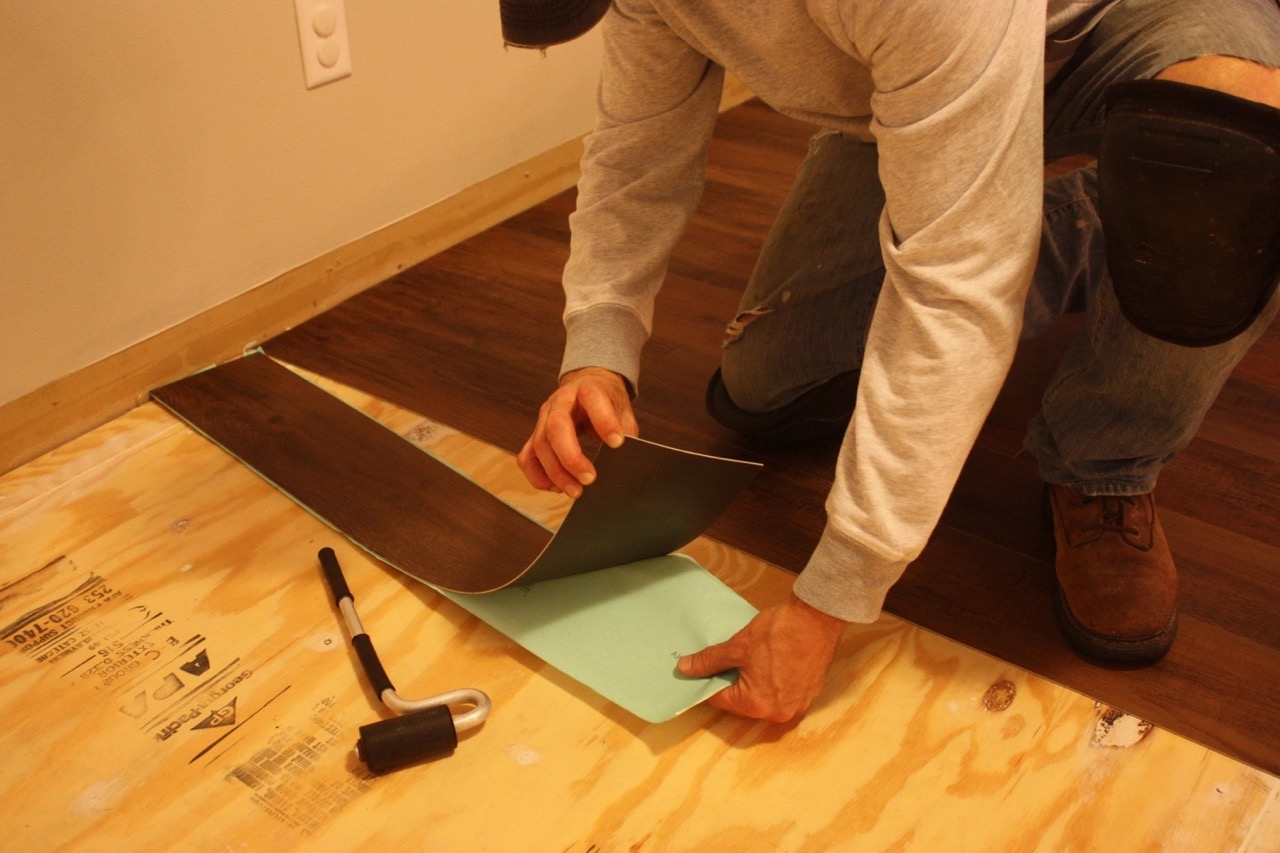

0 thoughts on “What Is Peel And Stick Tile”